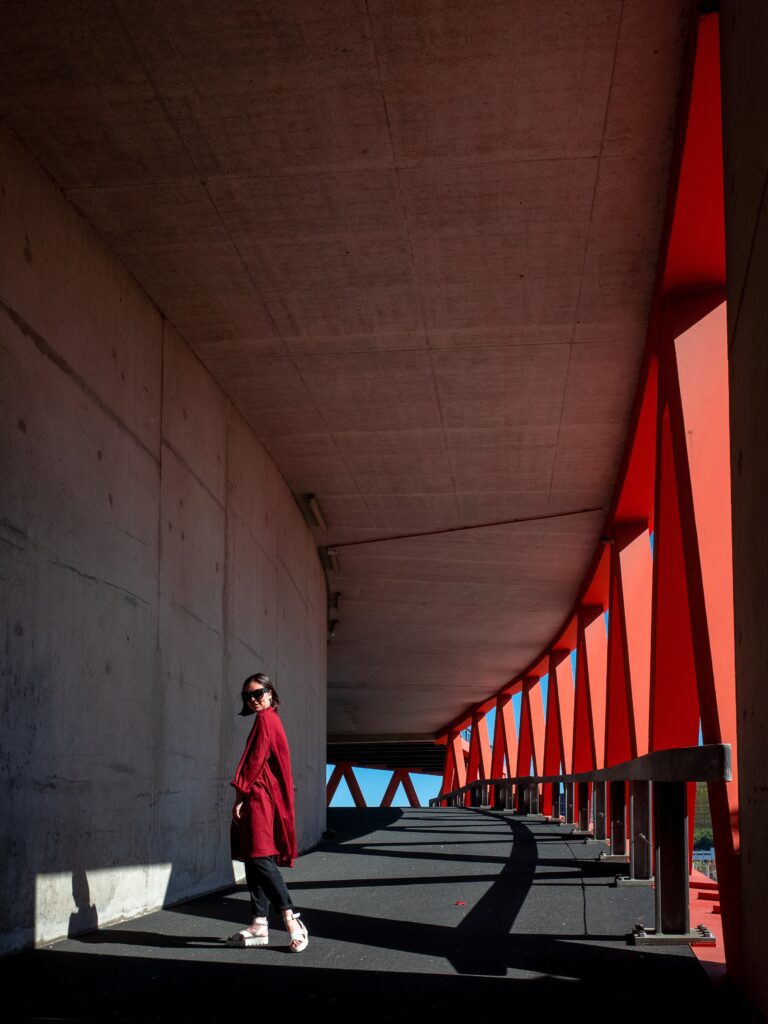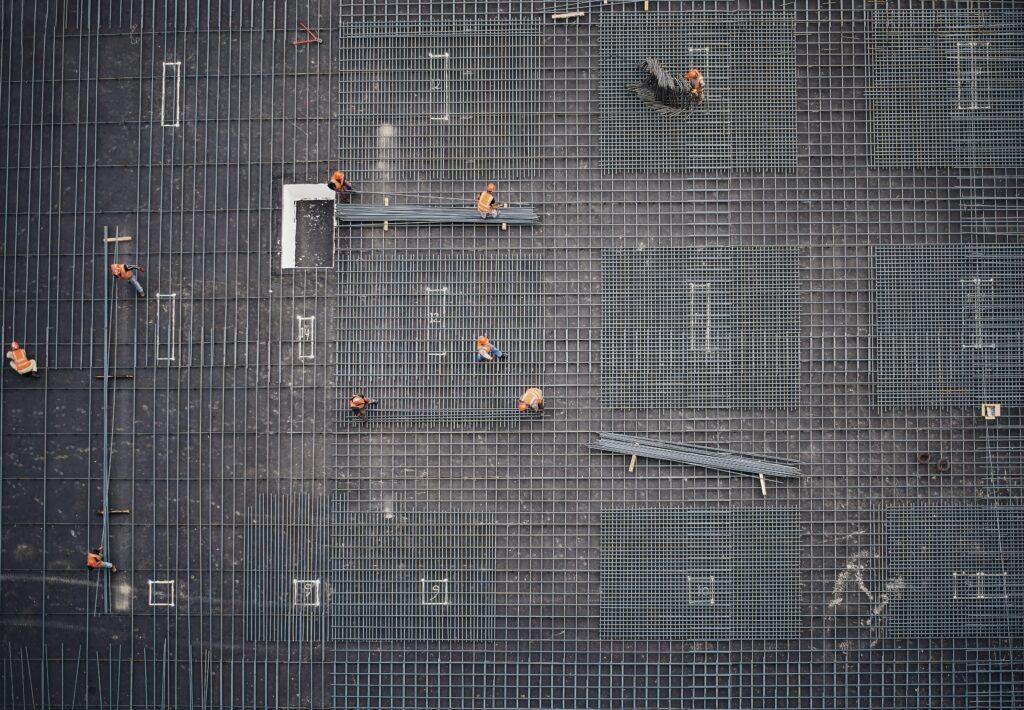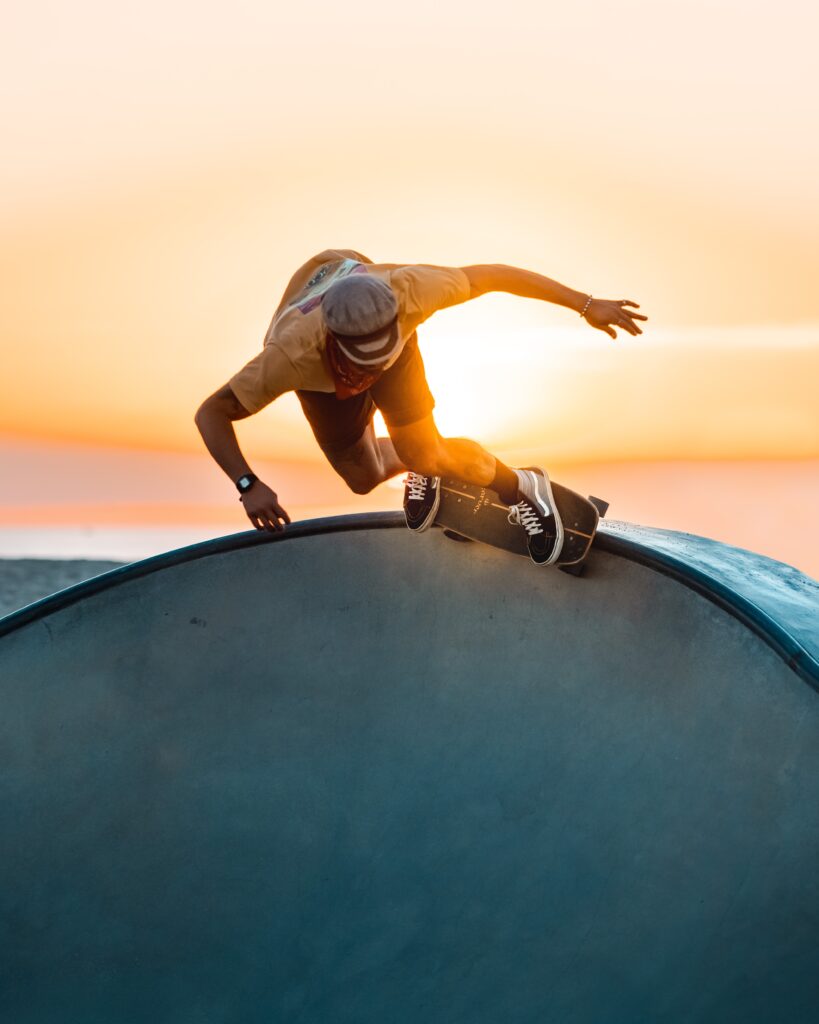So you’re ready to hit the streets and conquer the skateboarding world, but you’re faced with the daunting task of choosing the perfect skateboard that matches both your skill level and style? Well, fear not! In this article, we will guide you through the process of selecting the right skateboard that will not only enhance your performance but also reflect your unique personality. From understanding the different components of a skateboard to considering your riding style, we’ve got you covered. Get ready to take your skateboarding game to the next level!

Determining Your Skill Level
Assessing Your Current Skill Level
Before choosing the right skateboard for your skill level and style, it’s essential to assess your current skill level. This will help you understand your strengths and weaknesses, allowing you to make an informed decision when selecting your skateboard. Take some time to evaluate your capabilities in terms of balance, board control, and trick execution. Be honest with yourself and consider seeking feedback from experienced skaters or instructors to get a more accurate assessment.
Differentiating Between Beginner, Intermediate, and Advanced Skills
Skateboarding skills can be broadly categorized into three levels: beginner, intermediate, and advanced. Beginners are those who have just started skateboarding and are still developing their balance and control on the board. Intermediate skaters have gained some experience and are comfortable with basic tricks and maneuvers. Advanced skaters possess a high level of proficiency and are capable of executing complex tricks and stunts.
To determine your skill level, consider the number and types of tricks you can perform consistently, your confidence level in different terrains, and your overall board control. This self-awareness will help you gauge where you currently stand on the skill spectrum.
Understanding Your Growth Potential
While assessing your skill level is essential, it’s equally important to understand your growth potential. Skateboarding is a sport that allows for continuous improvement and skill development. Even if you are a beginner, with dedication and practice, you can progress to higher skill levels over time. Consider your commitment to skateboarding, your willingness to push your limits, and your desire to improve as factors that can influence your growth potential.
It’s crucial to strike a balance between choosing a skateboard that suits your current skill level and one that allows for growth. This way, you can maximize your progression without feeling limited by your equipment. Keep your growth potential in mind as you explore different skateboard styles and components.
Understanding Skateboard Styles
Street Skateboarding
Street skateboarding is the most popular style of skateboarding, taking place in urban environments such as streets, sidewalks, and skate parks. It focuses on performing tricks and maneuvers on various obstacles like rails, stairs, and ledges. Street skateboarding requires a versatile skateboard that provides stability, control, and maneuverability for executing tricks with precision.
Vert Skateboarding
Vert skateboarding, also known as vertical skateboarding, involves skateboarding on ramps or halfpipes that have steep transitions. Skaters perform high-flying tricks, such as aerials and grabs, in the air. Vert skateboarding requires a skateboard with a specific shape and size to handle the demands of riding and landing on steep surfaces.
Cruising Skateboarding
Cruising skateboarding emphasizes a smooth and comfortable riding experience. Skaters use this style for transportation or casual riding on sidewalks, boardwalks, or bike paths. Cruising skateboards are typically longer and wider, providing stability and a smoother ride over uneven surfaces.
Longboard Skateboarding
Longboard skateboarding is similar to cruising skateboarding but focuses on longer, more flexible boards for enhanced stability and smoother rides. This style is popular for downhill racing, sliding, and long-distance commuting. Longboards provide stability at higher speeds and are designed for cruising, carving, and controlling slides.
Freestyle Skateboarding
Freestyle skateboarding incorporates technical tricks, footwork, and creative maneuvers. This style is often performed on flat ground and combines elements of street skateboarding, dancing, and gymnastics. Freestyle skateboards are typically shorter and lighter, allowing for more agility and maneuverability.
Considerations for Skill Level and Style
Choosing the Right Deck Size and Shape
When it comes to skateboards, the deck size and shape play a significant role in determining your performance and comfort. For beginners, a wider deck provides more stability and balance, making it easier to learn the basics. Intermediate and advanced skaters may prefer narrower decks for better board control and ease of performing tricks. The shape of the deck can vary, with options such as popsicle, old school, and cruiser shapes, each offering different benefits based on your preferred style.
Deciding on the Wheel Size and Hardness
Wheel size and hardness impact the skateboard’s speed, grip, and maneuverability. Larger wheels generally provide a smoother ride and are suitable for cruising, while smaller wheels offer more control for technical tricks. Wheel hardness is measured on the durometer scale, with softer wheels offering better grip for street and park skateboarding, while harder wheels are preferred for vert and freestyle skateboarding.
Selecting the Appropriate Truck Width and Height
Skateboard trucks are responsible for connecting the wheels to the deck and play a crucial role in determining the skateboard’s turning capability and stability. For beginners, wider trucks provide more stability and control. Intermediate and advanced skaters may opt for narrower trucks for increased maneuverability. Truck height can also affect board performance, with low trucks offering stability during high-speed rides, and high trucks providing more clearance for executing tricks.
Considering the Type of Bearings
Bearings are the small, round, metal components that fit inside the wheels, allowing them to spin freely. They play a critical role in the skateboard’s speed and smoothness. Beginners may not notice a significant difference in bearing performance, but intermediate and advanced skaters may benefit from upgrading to higher-quality bearings for increased speed and durability.
Determining the Grip Tape and Foot Placement
Grip tape is the gritty, sandpaper-like material applied to the top surface of the skateboard deck. It provides traction and grip, allowing skaters to maintain their footing on the board. The grip tape’s coarseness can vary, with coarser grip offering better grip but potentially causing more shoe wear. Consider your preferred foot placement on the skateboard and choose a grip tape that suits your style and provides ample grip.
Factors to Consider for Beginners
Stability and Control
For beginners, stability and control are paramount. Look for skateboards with wider decks, as they provide a larger surface area for your feet. This will help you maintain balance while learning to ride and execute basic maneuvers. Additionally, choosing a skateboard with wider trucks and larger, softer wheels will enhance stability and make it easier for you to control your movements.
Ease of Learning Tricks
As a beginner, you’ll want a skateboard that allows for an easier learning curve when it comes to tricks. Opt for a skateboard with a deck that has a concave shape, as it provides a comfortable platform for learning and executing tricks. Additionally, softer wheels will absorb shocks and impacts better, reducing the risk of sudden falls while attempting tricks.
Versatility for Different Terrains
As you start your skateboarding journey, it’s essential to have a versatile skateboard that can handle different terrains. Look for a skateboard that is suitable for both street and park skateboarding, as these environments offer a variety of obstacles and surfaces to practice on. Having a skateboard that can adapt to your learning needs and terrain preferences will ensure a well-rounded skill development.

Factors to Consider for Intermediate Skaters
Progressing Skills and Performance
As an intermediate skater, you’ll likely be focused on progressing your skills and performance. Consider investing in a skateboard that allows for more technical tricks and maneuvers. Narrower decks provide better control, while harder wheels offer improved slide and grind capabilities. Upgrading to higher-quality bearings can also enhance your speed and overall skateboarding experience.
Terrain Preferences and Adaptability
At the intermediate level, you may start developing preferences for specific skateboarding terrains. Decide whether you lean more towards street skateboarding or park skateboarding and choose a skateboard that caters to your preferred style. Street skateboards typically have smaller, softer wheels for better maneuverability, while park skateboards often feature larger, harder wheels for increased speed and stability.
Experimenting with Different Styles
As an intermediate skater, you may also have the urge to explore different skateboarding styles. Consider getting a skateboard that allows for versatility, enabling you to experiment with different tricks and techniques. Skateboards with a concave deck, medium-sized wheels, and adjustable trucks can accommodate various styles, giving you the freedom to explore and broaden your skateboarding skills.
Factors to Consider for Advanced Skaters
Specialized Performance Requirements
If you’re an advanced skater, you likely have specific performance requirements for your skateboard. Depending on your style preferences, you might need a specialized skateboard that is designed for specific tricks. For example, if you primarily focus on vert skateboarding, investing in a skateboard with a narrower deck and higher trucks might be necessary to meet the demands of aerial maneuvers and transitions.
Specific Terrain and Tricks
Advanced skaters often specialize in certain types of terrains and tricks. Consider whether you primarily skate on streets, vert ramps, or specific obstacles, and choose a skateboard that complements your preferred environment. You may opt for a skateboard with wheels and trucks tailored to your specific terrain, allowing you to push yourself to new heights and execute advanced tricks confidently.
Personalized Style and Customizations
As an advanced skater, your style is likely unique and personalized. Look for opportunities to customize your skateboard to reflect your individuality. From deck graphics and grip tape designs to truck colors and wheel options, personalizing your skateboard will make it a true extension of your personality and style.

Researching and Testing Skateboards
Online Reviews and Recommendations
Before making a purchase, take the time to read online reviews and recommendations on different skateboard models and brands. Websites, forums, and social media platforms dedicated to skateboarding provide valuable insights and feedback from other skaters who have tried the products themselves. Consider factors such as durability, performance, and overall customer satisfaction to guide your decision-making process.
Visiting Skate Shops
Visiting local skate shops is another excellent way to research and test skateboards. The staff at these shops are often experienced skaters themselves and can provide valuable advice and guidance based on your skill level and style. Take advantage of their expertise by asking questions, trying out different boards, and getting a feel for how each skateboard performs.
Testing Skateboards at Skate Parks
If you have the opportunity, head to your nearest skate park and test out different skateboards. Observing other skaters and talking to them about their equipment can offer insights into what works best for different skill levels and styles. Try borrowing and testing out skateboards from fellow skaters to experience firsthand how each skateboard performs and feels under your feet.
Budget Considerations
Setting a Realistic Budget
When choosing a skateboard, it’s crucial to set a realistic budget. Skateboarding can involve significant upfront costs, but quality equipment is worth the investment. Consider your commitment to the sport, your skill level, and how often you plan to skate when determining your budget. Remember that a higher quality skateboard will provide a better overall experience and potentially last longer, ultimately saving you money in the long run.
Investing in Quality Equipment
While budget is a consideration, it’s essential not to compromise on the quality of your skateboard. Investing in a high-quality skateboard not only enhances your performance but also ensures durability and safety. Look for reputable brands known for their craftsmanship and attention to detail. Quality skateboards may cost more initially but will ultimately provide a better skateboarding experience and increased longevity.
Prioritizing Essential Components
If you’re working with a limited budget, prioritize essential components that directly impact your performance and safety. Focus on investing in a high-quality deck, trucks, and wheels, as these components have the most significant influence on your skateboarding experience. Bearings and grip tape are also vital but can be upgraded at a later time if necessary. By prioritizing the essentials, you can build a solid foundation for your skateboard while leaving room for future upgrades.

Seeking Expert Advice
Consulting Skater Communities and Forums
Skater communities and forums are excellent sources of advice and guidance when it comes to choosing the right skateboard. Participating in online discussions and asking questions will connect you with experienced skaters who can share their knowledge and recommendations. These platforms provide a space to discuss equipment, tricks, and overall skateboarding culture, allowing you to make more informed decisions based on the experiences of others.
Getting Guidance from Experienced Skaters
If you have the opportunity, seek guidance from experienced skaters in your local community. Skaters who have been skating for years have valuable insights and can offer personalized recommendations based on your skill level, style, and goals. Building relationships with experienced skaters not only helps you make informed decisions but also allows for mentorship and continued growth in skateboarding.
Seeking Recommendations from Skateboard Instructors
Skateboard instructors are skilled professionals who can assess your skill level and guide you in finding the right skateboard. Their expertise and experience can ensure that you choose a skateboard that aligns with your goals and abilities. Whether it’s through group lessons or private sessions, skateboard instructors can provide personalized advice and help you make the best decision when selecting your skateboard.
Finding the Right Fit
Experimenting and Trying Different Skateboards
Finding the right fit for your skill level and style often involves a process of experimentation and trial and error. Take the time to try out different skateboards, even if you initially think you’ve found the perfect fit. Borrowing boards from friends, testing at skate shops, or renting equipment at skate parks allows you to experience various setups and gain a better understanding of your personal preferences.
Adjusting and Fine-tuning Equipment
Even after finding a skateboard that suits your skill level and style, remember that you have the ability to further customize and adjust your equipment. Experiment with different truck tightness, bushing hardness, and wheel configurations to find the perfect setup for your specific needs. Fine-tuning your skateboard will ensure optimal performance and comfort.
Evaluating Comfort and Stability
Ultimately, finding the right skateboard is about evaluating your comfort and stability while riding. Regardless of your skill level or style, a skateboard that feels comfortable and provides stability will allow you to progress and enjoy the sport to its fullest. Pay attention to how the skateboard feels under your feet, how well you maintain balance, and whether it meets your expectations in terms of control and responsiveness.
By carefully considering your skill level, style, and various factors, you can confidently choose the right skateboard for your needs. Whether you’re just starting or have years of experience, finding a suitable skateboard will elevate your skateboarding journey and help you push your limits. Happy skating!


